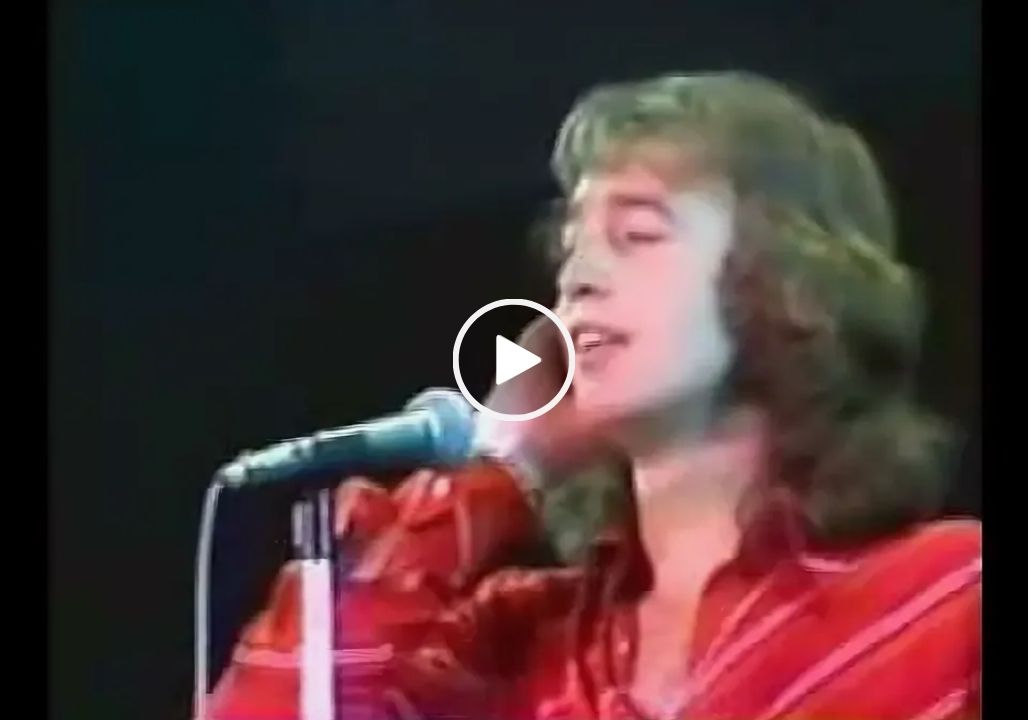Introduction

I Can’t See Nobody: A Look Back at a Bee Gees Gem
“I Can’t See Nobody” by the Bee Gees isn’t their most well-known track, but it holds a special place in their history. Here’s a glimpse into the song’s journey:
Early Days in Australia: Written in 1966 by brothers Barry and Robin Gibb, “I Can’t See Nobody” emerged during the tail end of the Bee Gees’ time living in Australia. This period marked their early years, heavily influenced by the rock and roll scene.
B-Side Beginnings: Though not the main attraction, “I Can’t See Nobody” was initially released as the B-side to their song “New York Mining Disaster 1941” in 1967. This decision reflected the band’s focus on promoting “New York Mining Disaster 1941,” a more commercially driven ballad.
Double A Delight: Interestingly, “I Can’t See Nobody” found a different fate in some regions. Countries like Germany and Japan released both songs as a double A-side, highlighting the song’s potential beyond its B-side status.
Album Inclusion: “I Can’t See Nobody” secured a spot on the Bee Gees’ third LP, simply titled “Bee Gees’ 1st,” released in 1967. This album served as a compilation of their earlier singles and B-sides, giving “I Can’t See Nobody” a permanent place in their discography.
Attribution Antics: There’s a minor mystery surrounding the song’s writing credits. While primarily credited to Barry and Robin Gibb, Maurice Gibb, the third brother, is sometimes listed as a co-writer, particularly on the compilation album “Bee Gees Gold.”
A Glimpse into Early Bee Gees: Though not a chart-topping hit, “I Can’t See Nobody” offers a valuable window into the Bee Gees’ early sound. It showcases their rock and roll influences before their signature falsetto and disco explorations took center stage.
So, as you listen to “I Can’t See Nobody,” keep in mind its place in the Bee Gees’ evolution, a time capsule of their early songwriting and musical direction.
